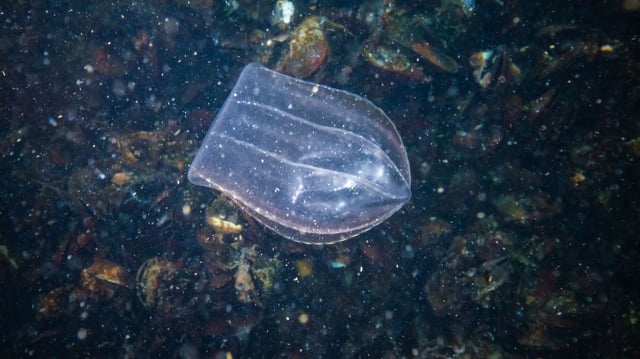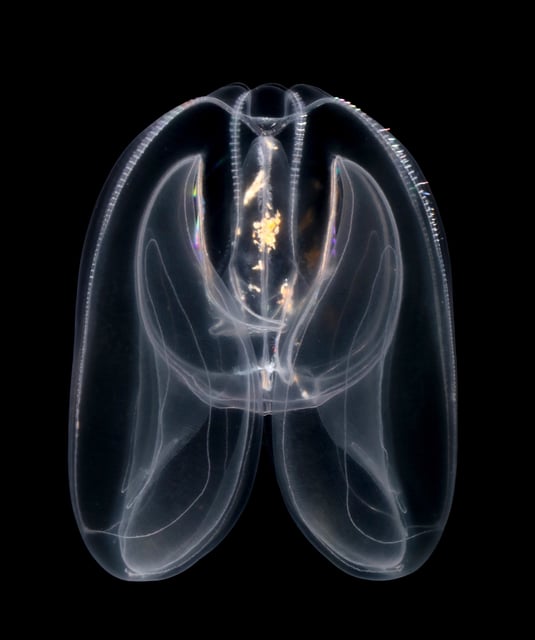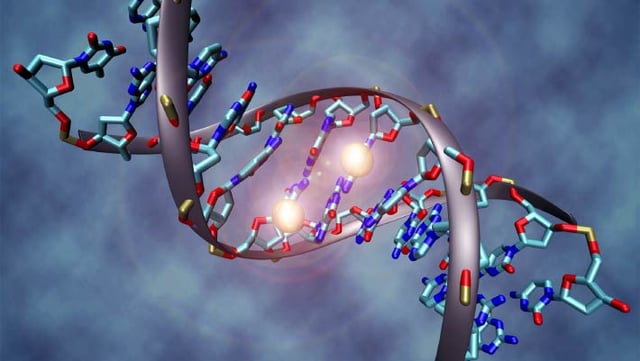Overview
- A Nature study shows that long-distance gene regulation, or distal regulation, evolved 650–700 million years ago, much earlier than previously believed.
- Scientists mapped 3D genome structures in 11 early-branching animal species, including comb jellies, placozoans, and cnidarians, using the Micro-C technique.
- Comb jellies, such as Mnemiopsis leidyi, were found to have over 4,000 DNA loops despite their compact genomes, highlighting the complexity of their gene regulation.
- Unlike vertebrates, which use the CTCF protein for chromatin looping, early animals rely on an alternative architectural protein, showcasing multiple evolutionary solutions.
- These findings offer new insights into how early multicellular animals developed specialized cell types and tissues, advancing our understanding of evolutionary biology and potential biomedical applications.


